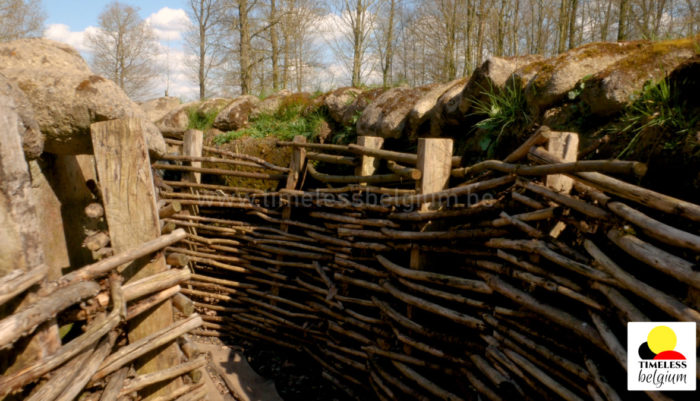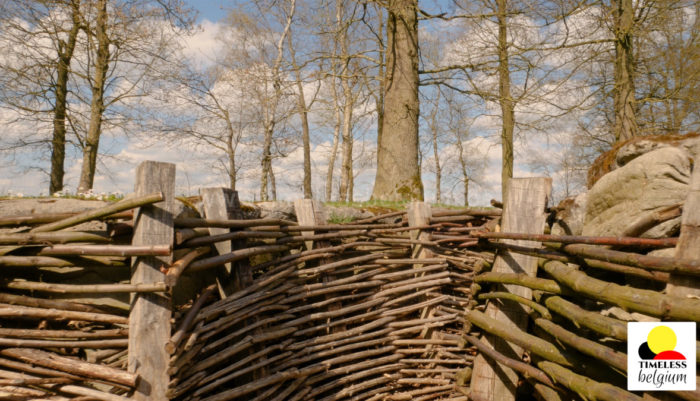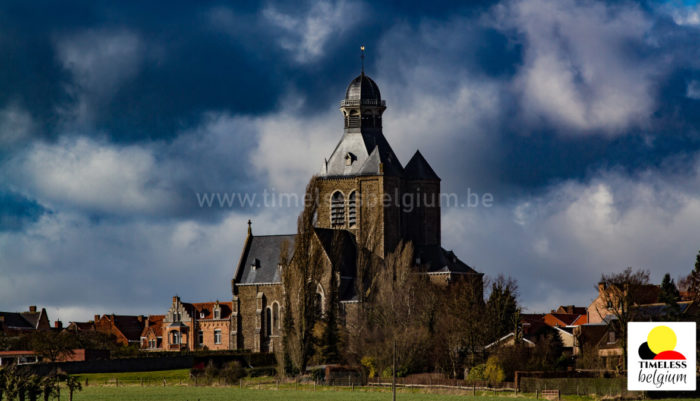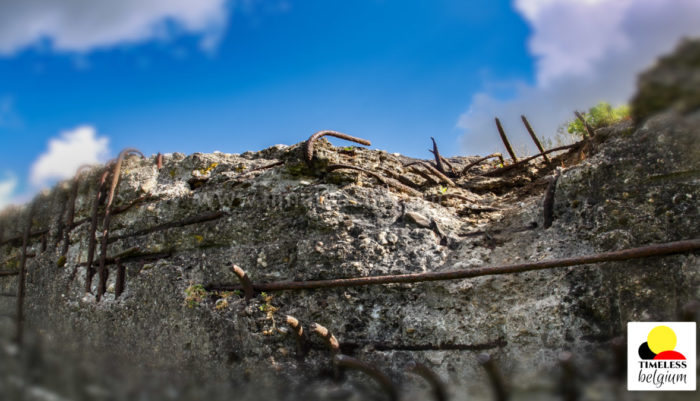North Sea landscape in De Panne : the widest beach of the Belgian seaside at low tide, time lapse video with dark clouds mirroring on the wet sand
(Browse the collection : West Flanders Province time lapse and video stock footage)
De Panne, near Dunkirk, is Belgium’s closest coastal point to France and England. During World War I, it was here that King Albert I clung to Belgian resistance against German occupying forces. Today, its wide beach and spectacular sand dunes bring hordes of visitors to De Panne each year. The dunes are made all the more scenic by wooded areas that turn them into a wonderland of greenery banding the white sands of the beach and the gray sea beyond.
(Frommers)
Now, don’t go imagining palm trees and crystal clear waters – you won’t find that in Belgium. Instead, think about a long coastline with wide, sandy beaches. The mighty North Sea can be blue-green on sunny days or grey and wild on stormy days. Boulevards with beach bars, shops and restaurants, and nature reserves in between the beach towns.
The coast’s 65 kilometre long stretch of sandy coastline has 15 resorts, each with its own character and unique atmosphere. The sandy beaches are ideal for children. The beaches shelve gently out to sea, and life guards ensure everyone’s safety. Sunbathers have found that they acquire a healthier tan here than in southern Europe, thanks to the iodine and salt in the air.
(Belgium)
File names, codec and sizes | ||
depanne03_fhd | depanne03_5K+ | depanne03_web |
Mov ProRes 422 HQ | Mov ProRes 422 HQ | H264 Mp4 |
263 Mo | 2,07 Go | 14,3 Mo |
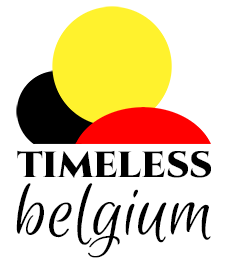
 My Account
My Account 
